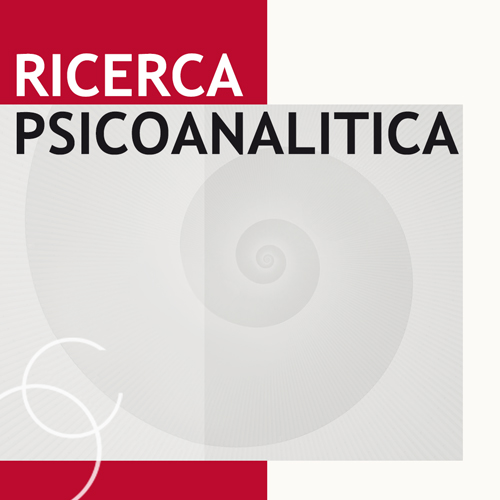The double ‘double bind’ of transgender persons and ways to overcome it

Submitted: March 3, 2023
Accepted: June 23, 2023
Published: August 28, 2024
Accepted: June 23, 2023
Abstract Views: 2520
PDF (Italiano): 214
PDF: 216
PDF: 216
Publisher's note
All claims expressed in this article are solely those of the authors and do not necessarily represent those of their affiliated organizations, or those of the publisher, the editors and the reviewers. Any product that may be evaluated in this article or claim that may be made by its manufacturer is not guaranteed or endorsed by the publisher.
All claims expressed in this article are solely those of the authors and do not necessarily represent those of their affiliated organizations, or those of the publisher, the editors and the reviewers. Any product that may be evaluated in this article or claim that may be made by its manufacturer is not guaranteed or endorsed by the publisher.
Similar Articles
- Andrea Crapanzano, Psychoanalytic trans-narratives , Ricerca Psicoanalitica: Vol. 35 No. 2 (2024)
- Fabio Vanni, Fluid adolescents: evolutionary paths of gender identity , Ricerca Psicoanalitica: Vol. 34 No. 3 (2023)
- Alberto Pellai, A real man or really a man? What contribution is needed today for the primary prevention of gender-based violence and to support the mental health of children, adolescents and men , Ricerca Psicoanalitica: Vol. 35 No. 1 (2024)
- Sara Zucchi, Houses folded in on themselves , Ricerca Psicoanalitica: Vol. 35 No. 2 (2024)
- Federica Formaggi, What form of violence? From the violence of over-simplification to the complexity of violence. A theoretical viewpoint , Ricerca Psicoanalitica: Vol. 34 No. 1 (2023)
- Valentina Feroleto, A complex look at the phenomenon of violence in intimate relationships: gender specificity and methodological implications , Ricerca Psicoanalitica: Vol. 34 No. 1 (2023)
- Federico Buffagni, Comment on ‘A real man or really a man?’ , Ricerca Psicoanalitica: Vol. 35 No. 1 (2024)
- Andrea Bernetti, Desire, violence and identity: a psychological pathway , Ricerca Psicoanalitica: Vol. 34 No. 1 (2023)
- Maria Luisa Tricoli, Massimo Fontana, Federica Formaggi, Marina Romano, Paths in dialogue: on the tracks of a Subject in becoming , Ricerca Psicoanalitica: Vol. 35 No. 2 (2024)
- Paolo Milanesi, Death, anxiety and metaphysical experience , Ricerca Psicoanalitica: Vol. 34 No. 1 (2023)
You may also start an advanced similarity search for this article.

 https://doi.org/10.4081/rp.2024.791
https://doi.org/10.4081/rp.2024.791




